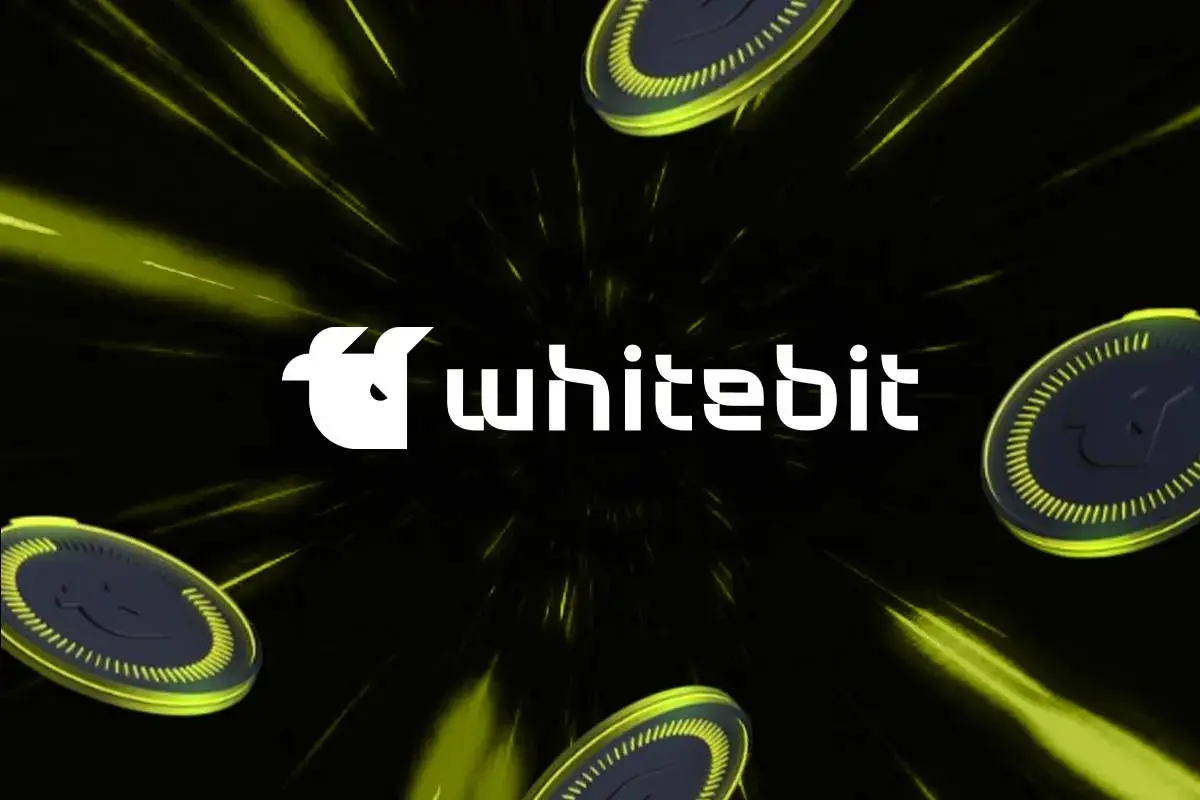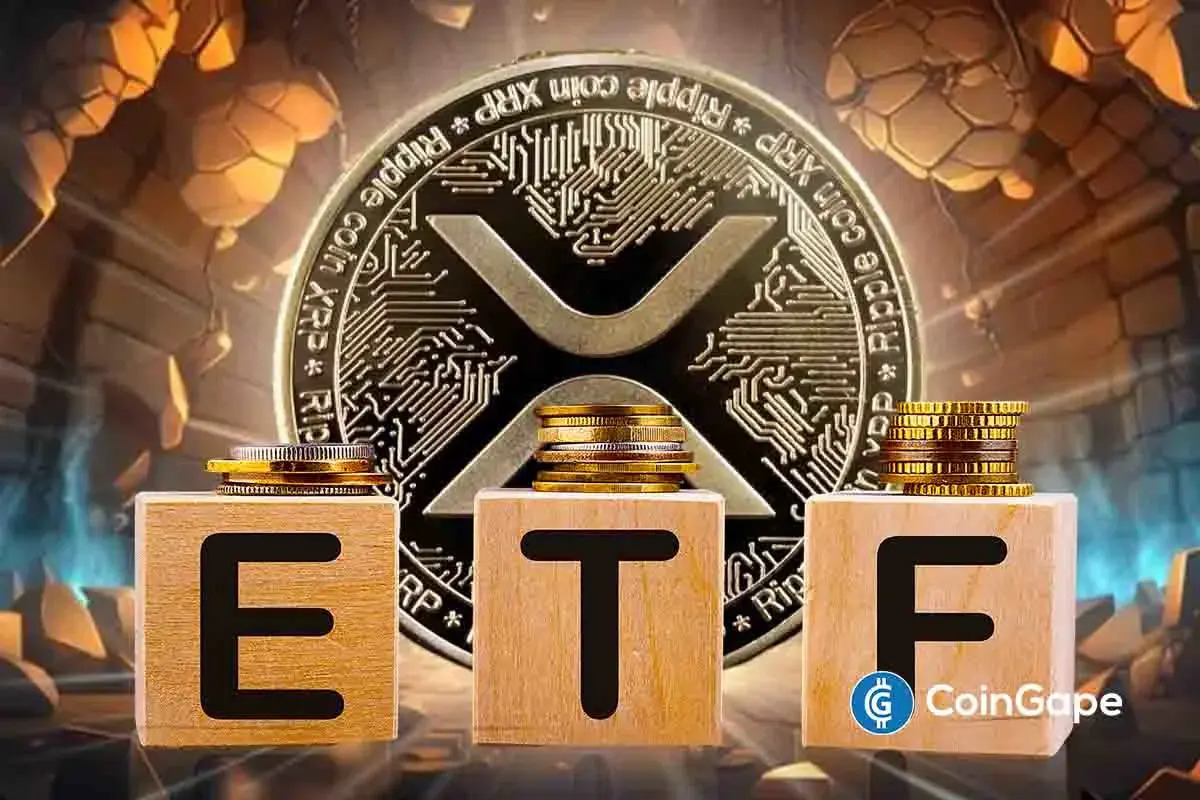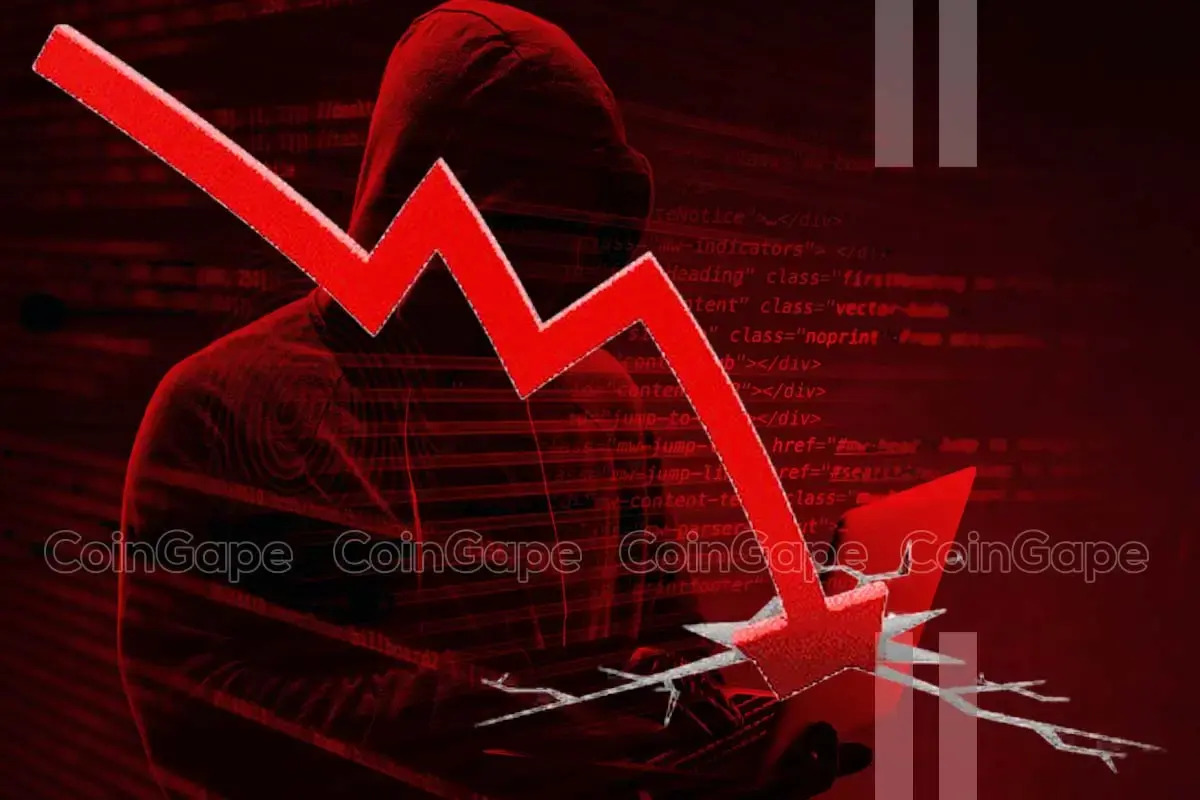Ethereum Devs Seek Gas Limit Increase for Lower Transaction Costs

Highlights
- Ethereum developers propose raising gas limit from 30 million to 40 million.
- 'Pump the Gas' initiative launched by Eric Connor and Mariano Conti to garner support.
- Community discussion emphasizes need for balance in addressing transaction costs while considering network scalability.
Ethereum developers Eric Connor and Mariano Conti have put forward a proposal to elevate the gas limit on the Ethereum network from its current 30 million to 40 million. The primary aim behind this proposed adjustment is to potentially alleviate the burden of high transaction costs on the network’s layer 1.
By increasing the gas limit, Connor and Conti suggest that transaction costs could see a notable reduction, ranging between 15% to 33%. In addition to this fundamental change, the proposal encompasses other adjustments, such as augmenting the blob count and implementing EIP-7623. These proposed modifications collectively aim to optimize the efficiency and affordability of transactions on the Ethereum blockchain.
Pump the Gas” Initiative Launched
In response to the proposal for a gas limit increase, Eric Connor and Mariano Conti have taken the initiative to launch the “pump the gas” campaign. Acting as proponents of this movement, they seek to galvanize support from various segments of the Ethereum community.
With the “pump the gas” initiative, Connor and Conti are calling upon solo stakers, client teams, staking pools, and all members of the Ethereum ecosystem to join forces in advocating for the proposed changes. The initiative provides a comprehensive platform, including detailed rationale and actionable steps, accessible via its dedicated website. Through this concerted effort, they aim to amplify awareness and foster widespread engagement in driving forward the proposed gas limit increase.
Also Read: Bitcoin: $31 Mln Liquidation Lurks If BTC Price Hits $68.5K
Community Discussion and Considerations
The proposal for a gas fee limit increase has sparked vital discussions within the Ethereum community, involving stakeholders from diverse backgrounds. As developers engage in dialogues with various community members, a range of considerations emerges. While the potential benefits of reducing transaction costs are evident, concerns are raised regarding the implications of significantly raising the gas limit.
Particularly, there are apprehensions surrounding the potential strain on node operators and the network’s overall scalability. Despite these considerations, there remains a shared consensus on the importance of addressing high transaction costs within the Ethereum ecosystem. The conclusion of these discussions underscores the necessity for ongoing vigilance and monitoring of network optimization efforts, ensuring a balanced approach towards enhancing Ethereum’s operational efficiency.
Also Read: XRP Lawyer John Deaton Reaffirms Senate Win As Signature Drive Hits 10K Target
- WhiteBIT Announces Global Trading Promotion With TradingView and Tether: up to 30% Cashback for Traders
- Crypto Market Watches as Federal Reserve Injects $6.8B in Liquidity Today
- BOJ Rate Hike Backfires: Yen Crashes, Bitcoin Price Rally Uncertain
- Canary Capital Announces Major Changes to Its SUI ETF
- Michael Saylor’s “Green Dots” Message Hints At Fresh Bitcoin Buying As BTC Faces $90K Wall
- Will Solana Price Hit $150 as Mangocueticals Partners With Cube Group on $100M SOL Treasury?
- SUI Price Forecast After Bitwise Filed for SUI ETF With U.S. SEC – Is $3 Next?
- Bitcoin Price Alarming Pattern Points to a Dip to $80k as $2.7b Options Expires Today
- Dogecoin Price Prediction Points to $0.20 Rebound as Coinbase Launches Regulated DOGE Futures
- Pi Coin Price Prediction as Expert Warns Bitcoin May Hit $70k After BoJ Rate Hike
- Cardano Price Outlook: Will the NIGHT Token Demand Surge Trigger a Rebound?

 Claim $500
Claim $500














